There are many different types of materials used to make clothing today. Even today, plants and animals are still used to produce traditional materials like cotton, linen, and leather. But it’s more likely that the majority of clothing is made from substances and chemicals derived from crude oil made from fossil fuels.We can sort out some concerns and explain why it frequently requires a lot of communication, samples, and time how to manufacture clothing.
The clothing manufacturing process pointed out that paper patterns would need to be converted to digital format because using paper patterns alone makes digitizing impossible for sampling and proper production of clothes. Sewing patterns stored in a file rather than on paper only makes sense in today’s digital age.
Paper patterns were used by the pattern maker, who placed them on a sizable board known as the digitizer.The handheld device takes a picture of the pattern location at each point and moves around each part of the pattern until all the data is collected.
When using digital patterns, the pattern maker can make adjustments and changes with extreme precision. Real-time tracking and visualization of all measurement adjustments. By the way, if we were to approve the samples that were produced, the same set of designs would be utilized subsequently to grade to additional sizes. The same program is used for size grading.
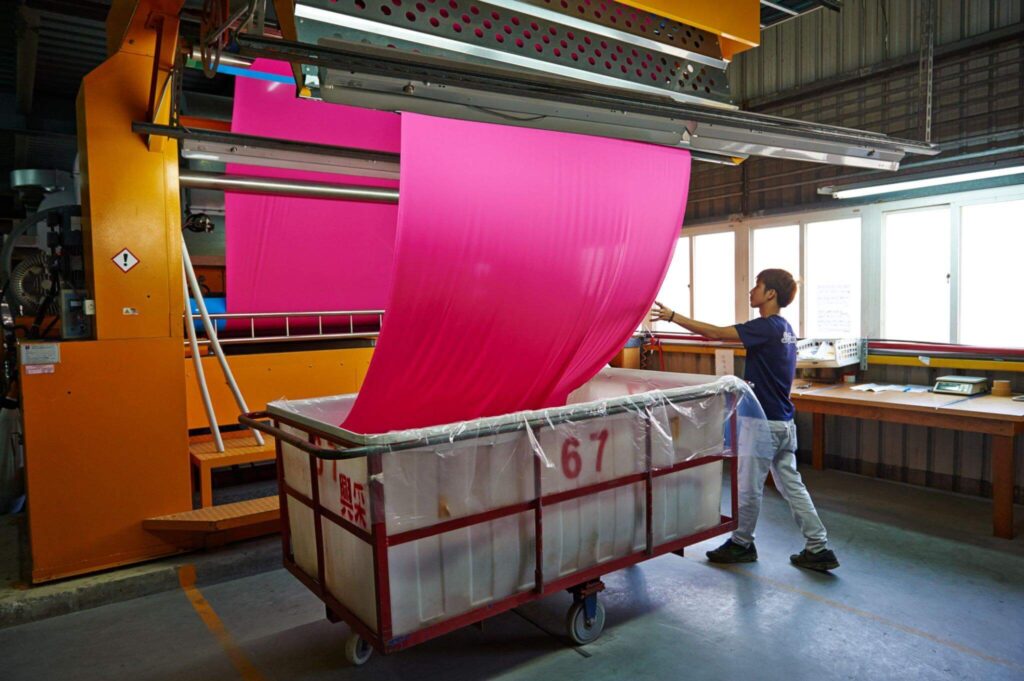
Next, using a plotter, the patterns were printed out. To achieve this, the factory expert had to develop a proper lay plan, which required organizing all pattern blocks in a predetermined order while taking into account variables like fabric length, roll width, the total number of products to be manufactured, and a breakdown of sizes.The lay-plan program then recommended the ideal arrangement of these geometric forms (patterns) based on the quantity and other factors to maximize the use of the fabric and minimize fabric wastage.
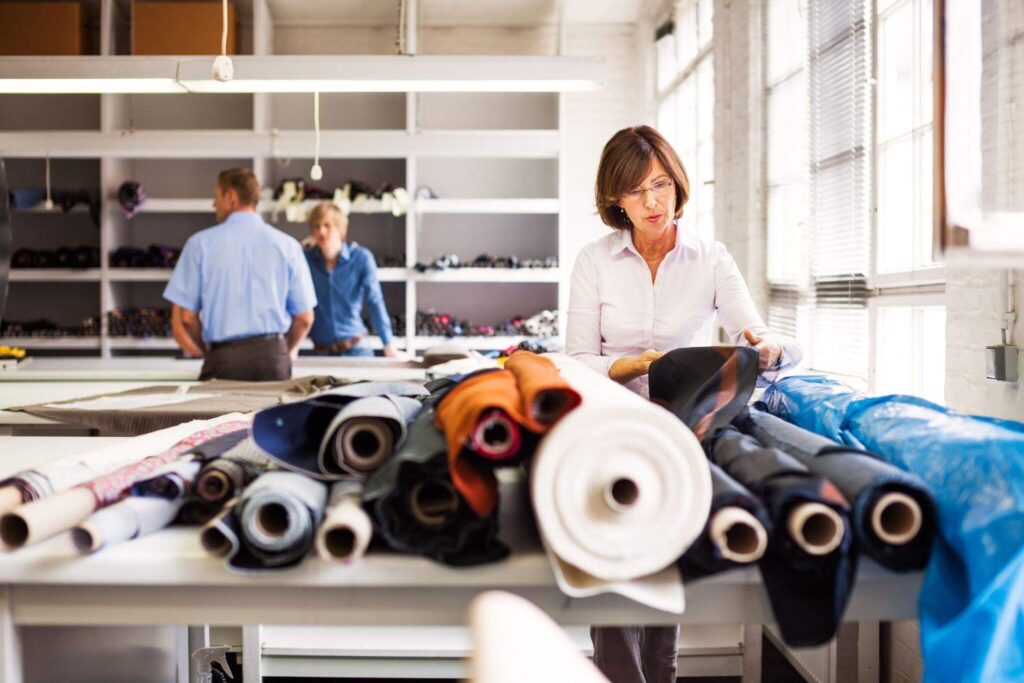
Workers were ready to cut cloth once the plotter printed out patterns from the pre-compiled lay plan. When the cutting was done, nothing would slide because the patterns were printed on specialized paper that adhered to the fabric flawlessly.
Clothing samples are frequently trimmed manually while the procedure is slightly different for how to mass-produce clothing. Similar fabric products are cut in large quantities and stacked on top of one another like a cake.
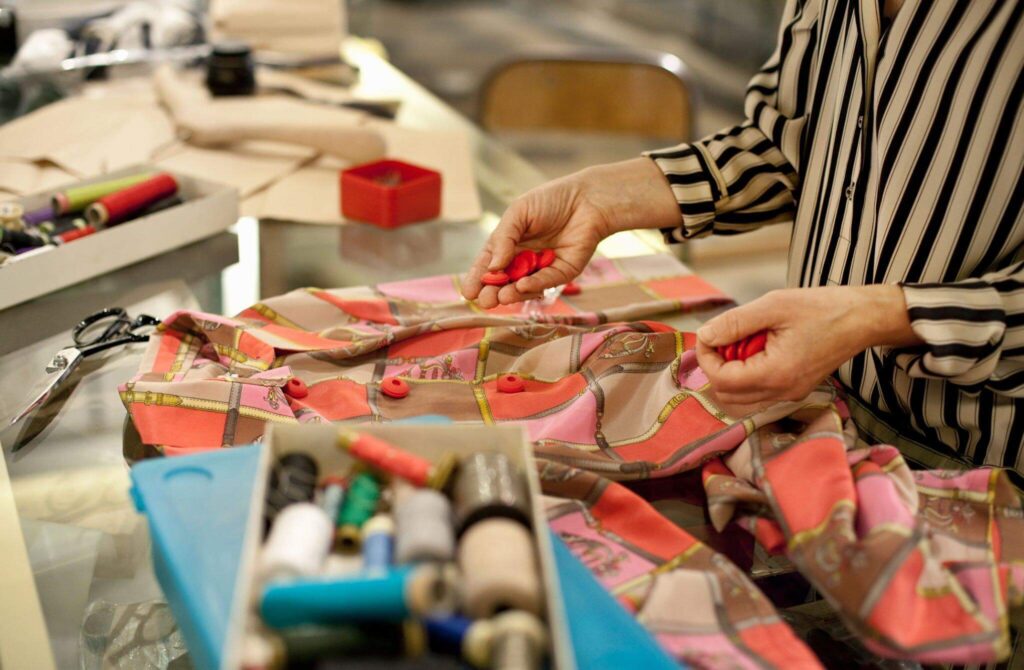
After the cutting was finished, all of the pieces were assembled in sets. Similar tasks were put together to speed up the production of clothing so workers may progressively gain speed while performing the same task repeatedly.
The right thread colour is chosen for the production stage to match the colour of the fabric.These garments require no decoration other than elastic bands, but the fabric needs to be provided with a wide range of zippers, buttons and other accessories.
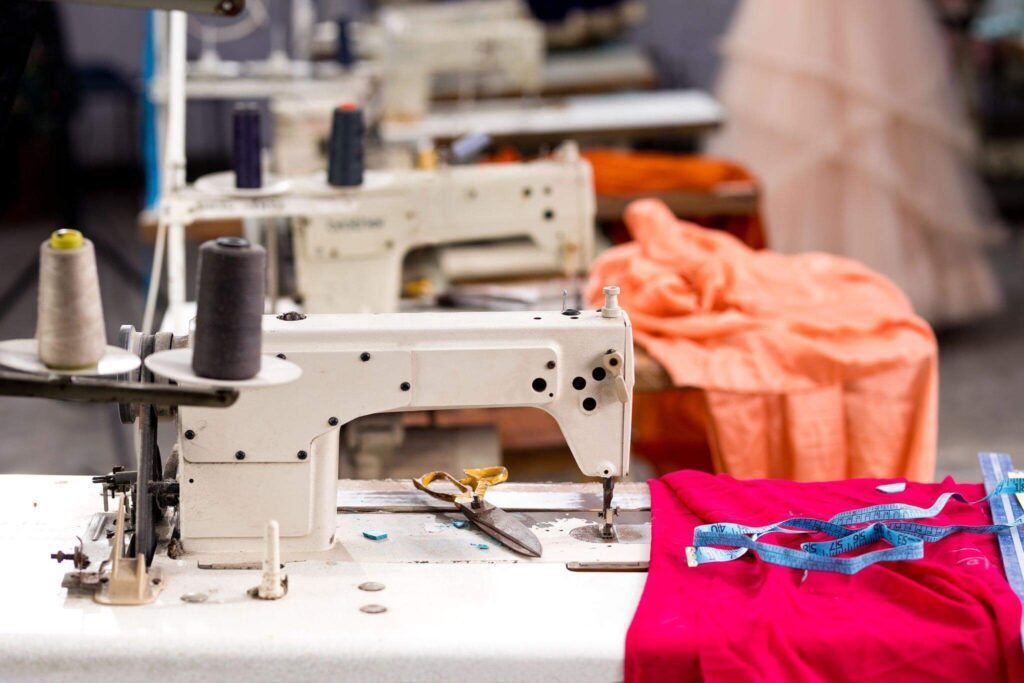
Once the sampling is ready to begin, the cut fabric must be set up, but first the machine needs to be adjusted a bit. Every sewing machine needs to be adjusted for a specific type of fabric. Then the old thread is removed and new spools of thread for the sample piece of the chosen color number are inserted. The seamstress takes six rolls of thread of the same color as the garment and puts them into the lockstitch sewing machine. Once the tension is set and adjusted, the seam is tested on a piece of fabric.
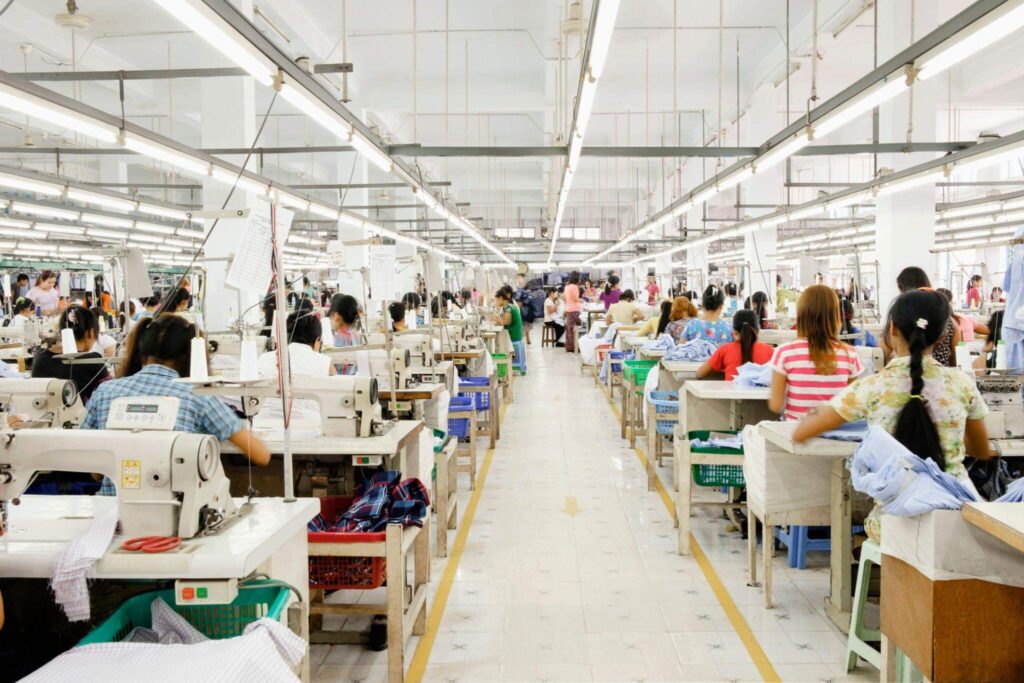
When the set is laid out and stitched together after ensuring everything is adjusted in place, it is time to see the concept become a reality. It is an exciting moment!
Once the products are finished, they are taken to the sampling unit where the measurements are compared to our specifications. Everything seems to be in order and after carefully checking the samples, we approve them for grading and start discussing the next batch of garment manufacturing orders.